Becky Sharp
6 /10 1 Votes
Director Rouben Mamoulian Music director Roy Webb Duration Country United States | 6/10 IMDb Genre Drama, Romance, War Screenplay Francis Edward Faragoh Language English | |||||||||||||||||||||||||||||||||
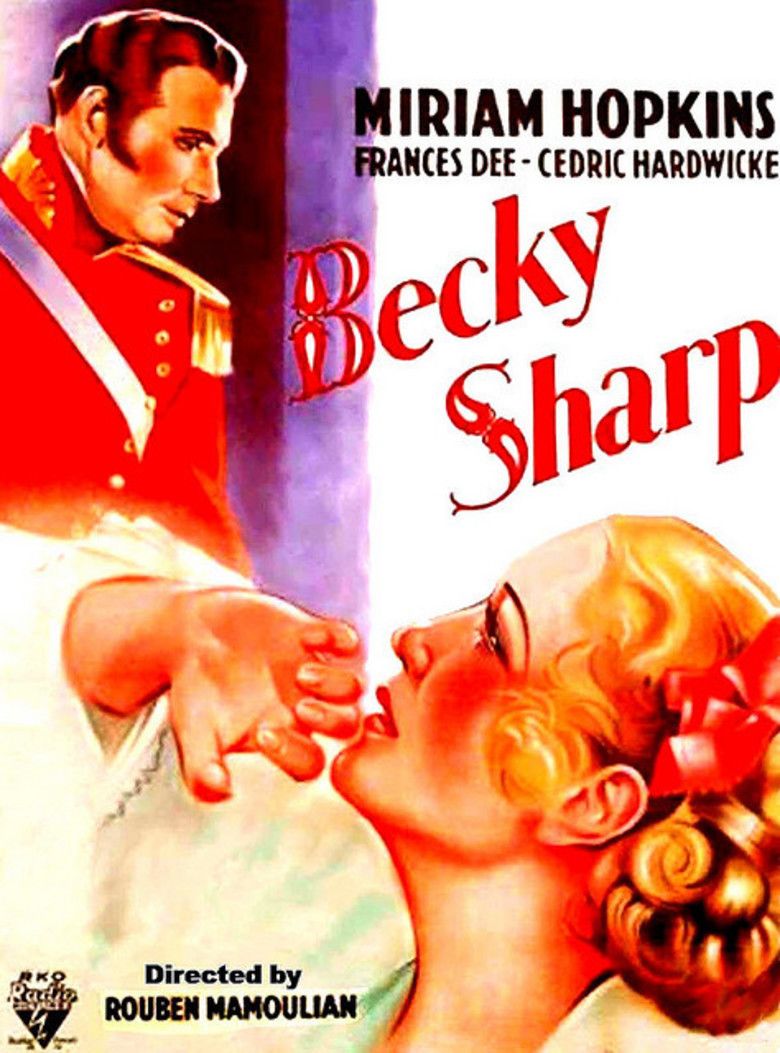 | ||||||||||||||||||||||||||||||||||
Writer William Makepeace Thackeray , Langdon Mitchell , Francis Edward Faragoh Release date June 13, 1935 (1935-06-13) Initial release June 13, 1935 (New York City) Directors Rouben Mamoulian, Lowell Sherman Cast Miriam Hopkins (Becky Sharp), Frances Dee (Amelia Sedley), Cedric Hardwicke (Marquis of Steyne), Billie Burke (Lady Bareacres), Alison Skipworth (Miss Crawley), Nigel Bruce (Joseph Sedley)Similar movies So Young, So Bright , The Love Charm | ||||||||||||||||||||||||||||||||||
Becky Sharp is a 1935 American historical drama film directed by Rouben Mamoulian and starring Miriam Hopkins. Other supporting cast were William Faversham, Frances Dee, Cedric Hardwicke, Billie Burke, Alison Skipworth, Nigel Bruce, and Alan Mowbray.
Contents
- Becky sharp 1935 part 1 9
- Plot
- Cast
- Production
- Color development
- Reception
- Awards and honors
- Preservation status
- References
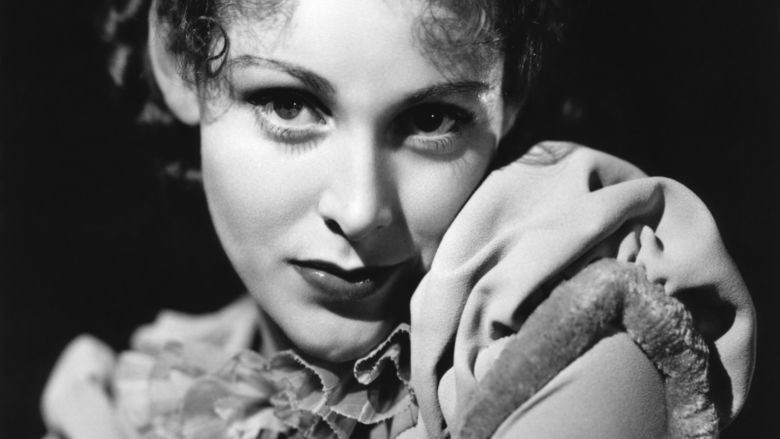
The film is based on the play of the same name by Langdon Mitchell, which in turn is based on William Makepeace Thackeray's novel Vanity Fair. The play was made famous in the late 1890s by actress Minnie Maddern Fiske. The screenplay was written by Francis Edward Faragoh. The film was considered a landmark in cinema as the first feature film to use the newly developed three-strip Technicolor production throughout, opening the way for a growing number of color films to be made in Britain and the United States in the years leading up to World War II.
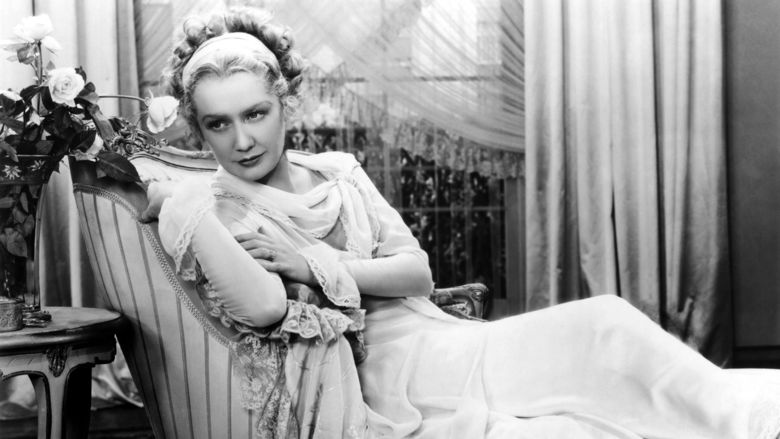
The film recounts the tale of a lower-class girl who insinuates herself into an upper-class family, only to see her life and the lives of those around her destroyed.
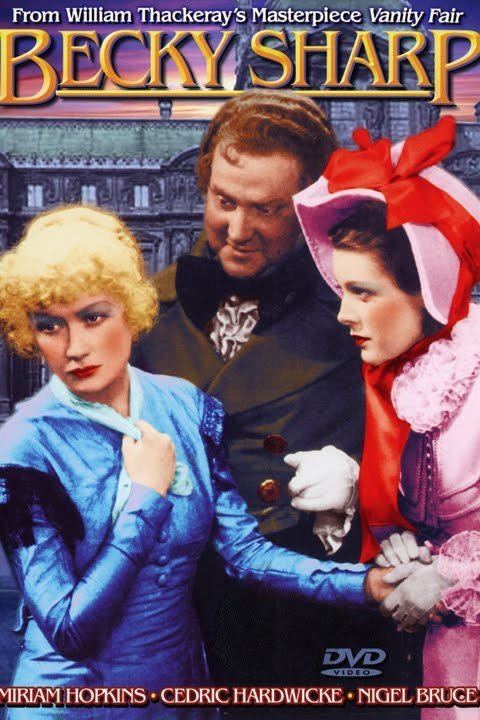
Becky sharp 1935 part 1 9
Plot
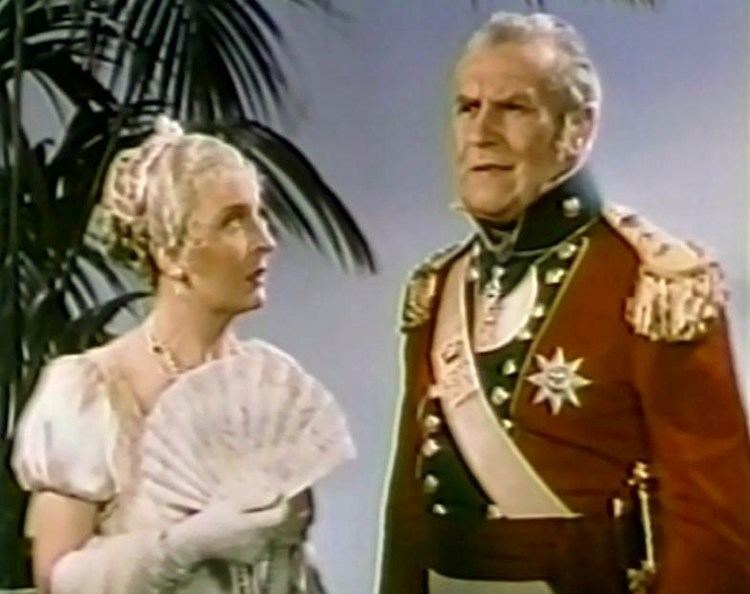
Becky Sharp (Miriam Hopkins), a socially ambitious English young lady manages to survive during the years following Napoleon's defeat at Waterloo.
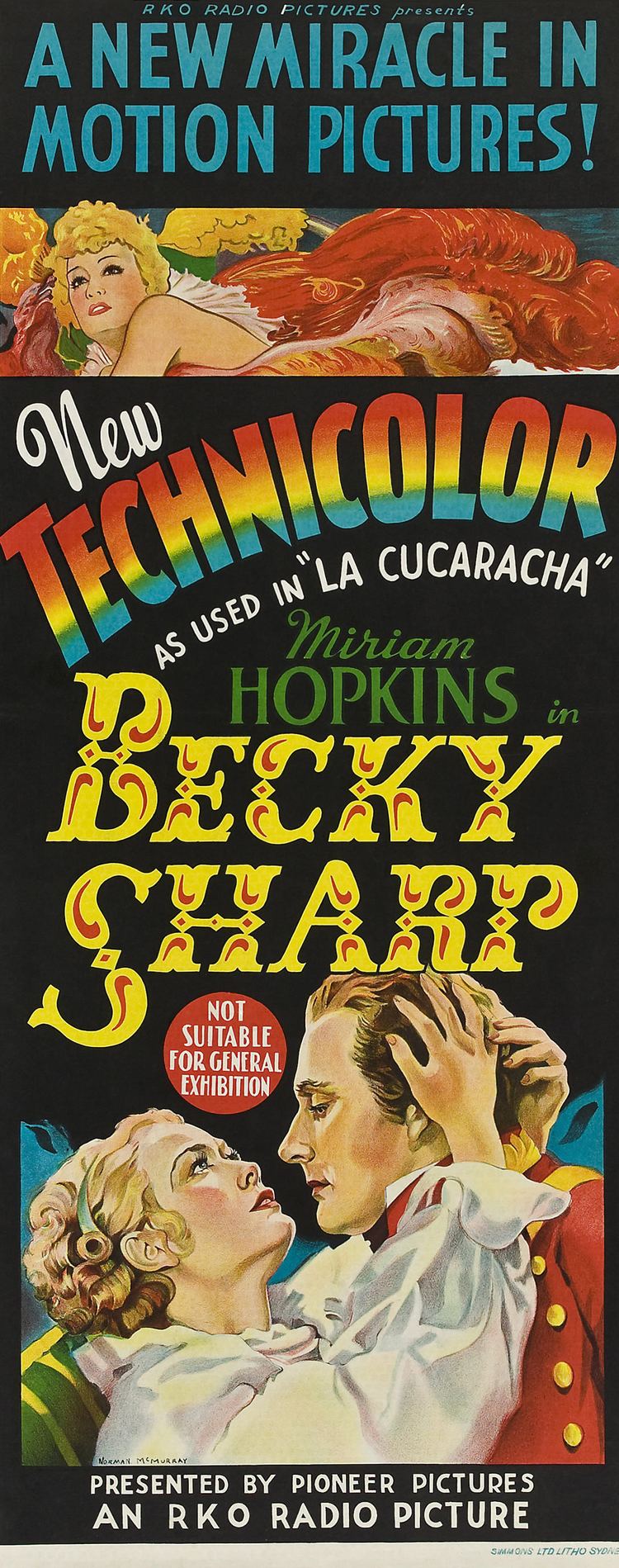
In her efforts to advance herself, she manages to link up with a number of gentlemen: the Marquis of Steyne (Cedric Hardwicke), Joseph Sedley (Nigel Bruce), Rawdon Crawley (Alan Mowbray), and George Osborne (G. P. Huntley Jr).
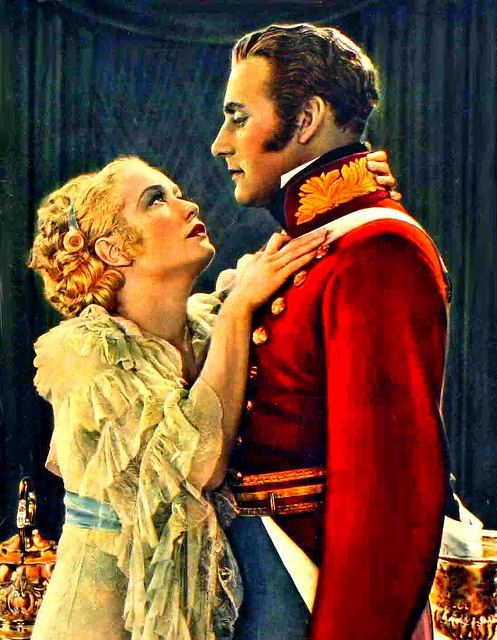
She rises to the top of British society and becomes the scourge of the social circle, offending the other ladies such as Lady Bareacres (Billie Burke). Sharp falls into the humiliation of singing for her meals in a beer hall. But she never stays down for long.
Cast
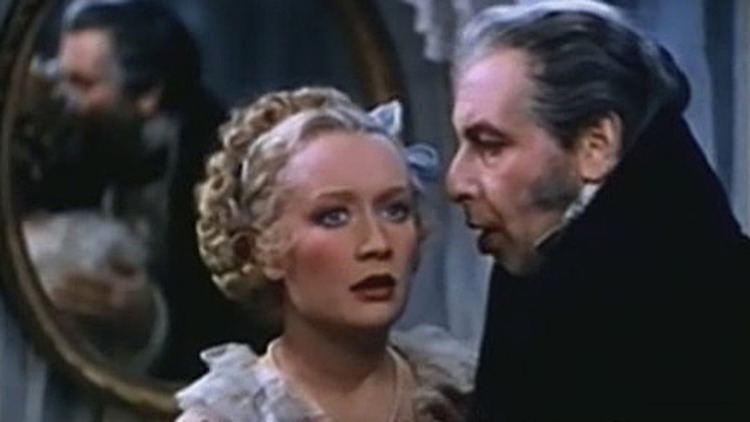
Cast notes
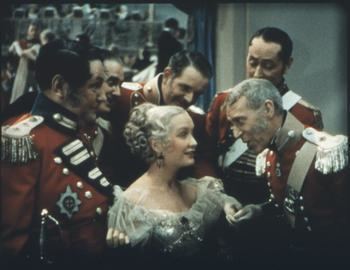
Production
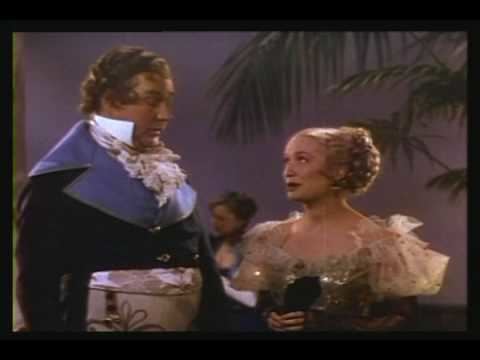
John Hay "Jock" Whitney and Cornelius Vanderbilt Whitney formed Pioneer Pictures specifically to produce color films, and signed a contract to release Pioneer films through RKO Radio Pictures. After producing La Cucaracha, Becky Sharp, and Dancing Pirate (1936), the Whitneys and David O. Selznick formed Selznick International Pictures. Two Selznick International films, A Star Is Born and Nothing Sacred (both 1937), were produced by Selznick, copyrighted by Pioneer Pictures, and released through United Artists rather than RKO.
Lowell Sherman, the original director, had fallen ill while working on Night Life of the Gods before starting Becky Sharp, but had continued to work on the project; he finally died of double pneumonia four weeks into production on Sharp.
After Sherman's death, Rouben Mamoulian was brought in to finish the film. Mamoulian would not use any of the footage shot by Sherman, deciding instead to reshoot the entire film.
Color development
Becky Sharp was the first feature film to use the three-strip Technicolor process, which created a separate film register for each of the three primary colors.
Earlier live action films to use the new Technicolor process include the final musical number in the feature The Cat and the Fiddle released by MGM in February 1934, and in short sequences filmed for other movies made during 1934, including The House of Rothschild (Twentieth Century Pictures/United Artists) with George Arliss and Kid Millions (Samuel Goldwyn/United Artists) with Eddie Cantor. Warner Brothers released two Leon Errol shorts, Service With a Smile (July 28, 1934) and Good Morning, Eve! (September 22, 1934), and RKO Pictures released the short La Cucaracha (August 31, 1934).
Reception
Writing for The Spectator, Graham Greene raved that "colour is everything here" and characterizing its use in the film as "a triumph". Although Greene complained that the Technicolor "plays havoc with the women's faces", leveled criticism at Hopkins for her "indecisive acting", and noted that he had found the film's climax in Bath to be "absurd" and "silly", he described these minor complains as "ungrateful" and his overall impression was that the film gave "delight to the eye".
Awards and honors
Wins
Nominations
Preservation status
For many years, the original three-color Technicolor version of the film was not available for viewing, though a 16 millimeter version was available. This version had been printed (poorly) on two-color Cinecolor stock which did not accurately reproduce the colors of the original film. The smaller film stock also resulted in a grainier, inferior image.
In the 1980s the UCLA Film and Television Archive restored the film, under the supervision of archivist Robert Gitt. Rouben Mamoulian appeared at the premiere of the restored print at the Academy of Motion Picture Arts and Sciences theatre in Beverly Hills.
References
Becky Sharp WikipediaBecky Sharp IMDb Becky Sharp themoviedb.org
